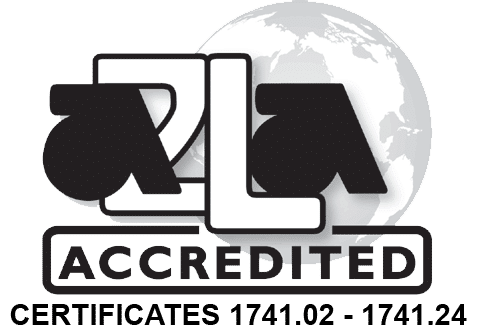Multisensor Measurement Systems
Modern manufacturing relies on metrology to produce high quality finished products. Every manufactured part must meet dimensional specifications to ensure parts fit together properly and perform as intended. There are a variety of methods available for performing these measurements and they take place throughout the manufacturing process. Take a look at our article about the key differences in dimensional measurement systems to learn more.
Continuous advances in technology have improved manufacturing capabilities and productivity. This evolution has propelled parallel developments in measuring technology. For example, if you walked into a metrology lab 20 years you were likely to see an optical comparator, a CMM, video machine, and roundness machine, and possibly a contour machine. Each piece of equipment was utilized to perform a specific task and ran different software.
Today, due to the development of multisensor metrology it is possible to have one machine performing all of these measurements. Multisensor measurement systems utilize two or more sensor types for automated measurement of critical dimensions in a single machine. Both non-contact and tactile sensor technologies are available, and each different sensor is ideally suited for distinct measurement applications. Non-contact sensors include video cameras, lasers, and white light devices that deliver fast, accurate noncontact measurements. Tactile sensors include touch trigger probes, scanning probes, and microprobes which can reach areas that cannot be imaged by optics such as internal dimensions. These systems automatically deploy the appropriate sensor for each unique measurement, creating an accurate and efficient measurement process. When no longer needed, the sensor is retracted to protect it from damage during the machine’s movement.
The combination of these machines and 3D metrology software, such as ZONE3 from OGP, provides comprehensive data collection, quick analysis of results, and the ability to make decisions that optimize manufacturing processes. Utilizing metrology software that is specifically designed for multisensor systems enables you to realize the greatest productivity and quality gains.
The rise of multisensor systems has enabled manufacturers to perform critical measurements without multiple machines running different software. This advance shortens training curves, is easier to use, reduces inspection time, and takes up less floor space than traditional single sensor machines. Multisensor metrology systems meet the demand for versatility, cost reduction, and real-time measurement data integration that is inherent in today’s advanced manufacturing environment.
Are you interested in implementing multisensor measurement but overwhelmed with the variety of sensors or unsure which are best suited for your parts? The measurement experts at Cross can help. Fill out our form to request one of our specialists to visit your facility and discuss your measurement challenges. With a variety of options available under one roof, our team members can work with you to find the best solution for your operation.

